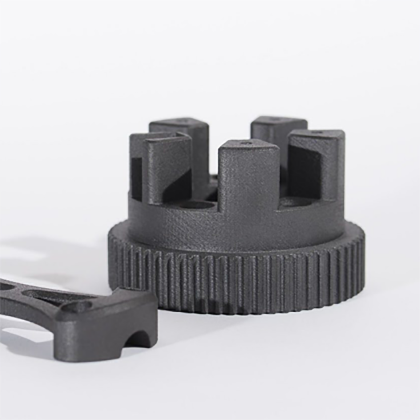As we look toward the future, 3D printing technology is poised to revolutionize various industries. From healthcare to aerospace, the potential applications are vast and varied. But what trends and innovations should we anticipate in the next decade?

Advancements in Materials
One of the most significant areas of growth in 3D printing technology is the development of new materials. Traditional plastics are being joined by advanced composites, metals, and even bio-materials. These innovations will enable the production of stronger, lighter, and more durable parts.
- Bioprinting: This emerging field focuses on creating tissues and organs, which could transform regenerative medicine.
- Metal 3D Printing: Techniques such as Direct Metal Laser Sintering (DMLS) are making it possible to produce complex metal parts that were previously unachievable.
- Recyclable Materials: The push for sustainability is leading to the development of materials that can be recycled and reused, reducing waste.
Integration with AI and Machine Learning
How will artificial intelligence (AI) and machine learning impact 3D printing technology? These technologies can optimize the design process, predict failures, and enhance the overall efficiency of production. By analyzing data from previous prints, AI can suggest improvements and adjustments, leading to higher quality outputs.
Furthermore, machine learning algorithms can assist in automating the printing process, reducing the need for human intervention. This integration will not only streamline production but also minimize errors, making 3D printing technology more reliable.
Customization and Personalization
Another exciting trend is the growing demand for customization. Consumers are increasingly seeking personalized products, and 3D printing technology is uniquely positioned to meet this need. Whether it's custom prosthetics in healthcare or tailored consumer goods, the ability to produce items on-demand will reshape how products are designed and manufactured.
- Personalized healthcare solutions, such as custom implants and prosthetics.
- Tailored consumer products, including footwear and eyewear.
- Unique architectural designs that cater to individual preferences.
Impact on Supply Chains
As 3D printing technology continues to evolve, its impact on supply chains will be profound. The ability to produce parts locally can significantly reduce lead times and transportation costs. Imagine a world where manufacturers can print components on-site, minimizing the need for extensive inventory.
This shift will not only enhance efficiency but also contribute to sustainability by reducing carbon footprints associated with shipping and logistics. As companies adopt 3D printing technology, we can expect to see a more agile and responsive supply chain landscape.
Conclusion
In conclusion, the future of 3D printing technology is bright, with numerous trends and innovations on the horizon. From advancements in materials to the integration of AI, the next decade promises to bring transformative changes across various sectors. As we embrace these developments, it is essential to remain informed and adaptable to leverage the full potential of this remarkable technology.







